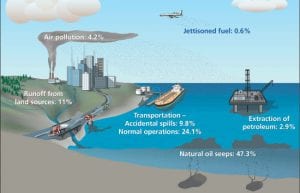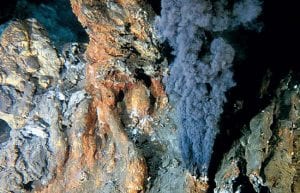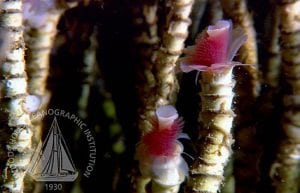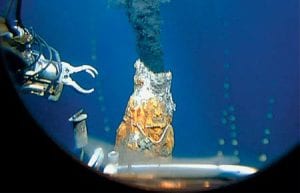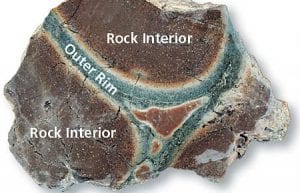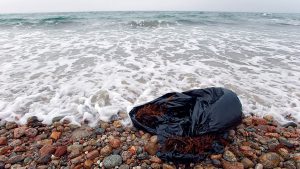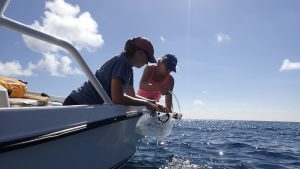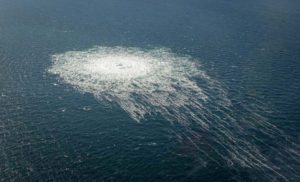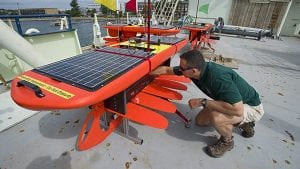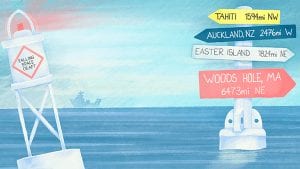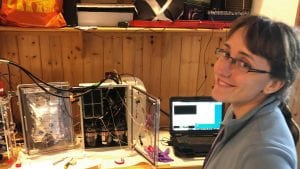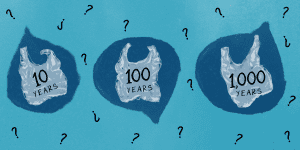Research Highlights
Oceanus Magazine
News Releases
While the impacts of plastic pollution on human health and the environment are growing, the report finds, increasing harm due to plastics is not inevitable.
Film shares the pivotal role of WHOI-operated underwater vehicles in the discovery of toxic waste dumped off California coast
New WHOI-led study shows the Southwest may be more sensitive to drying than the Pacific Northwest
Compared to taking visual observations of reef habitats, analyzing water microbes provides a more immediate picture of health.

